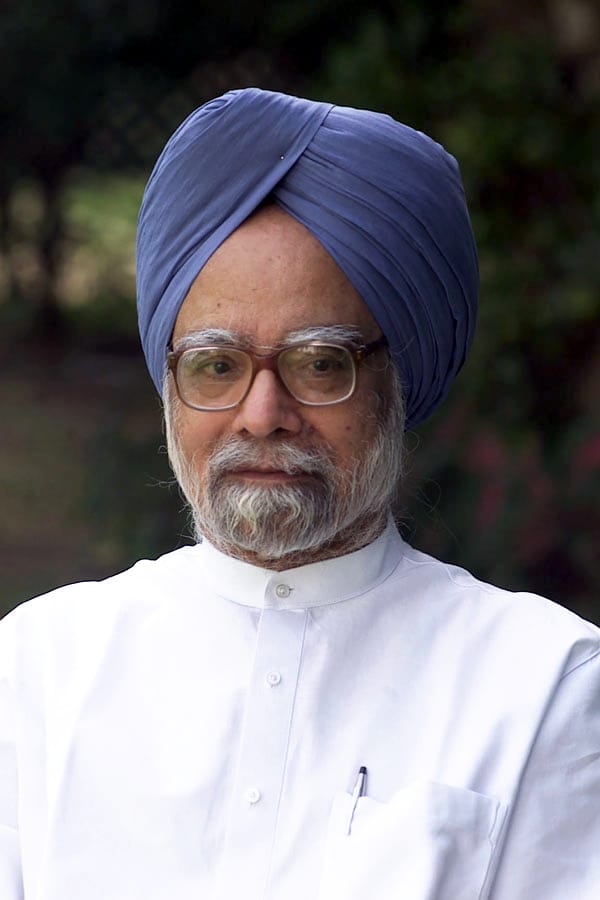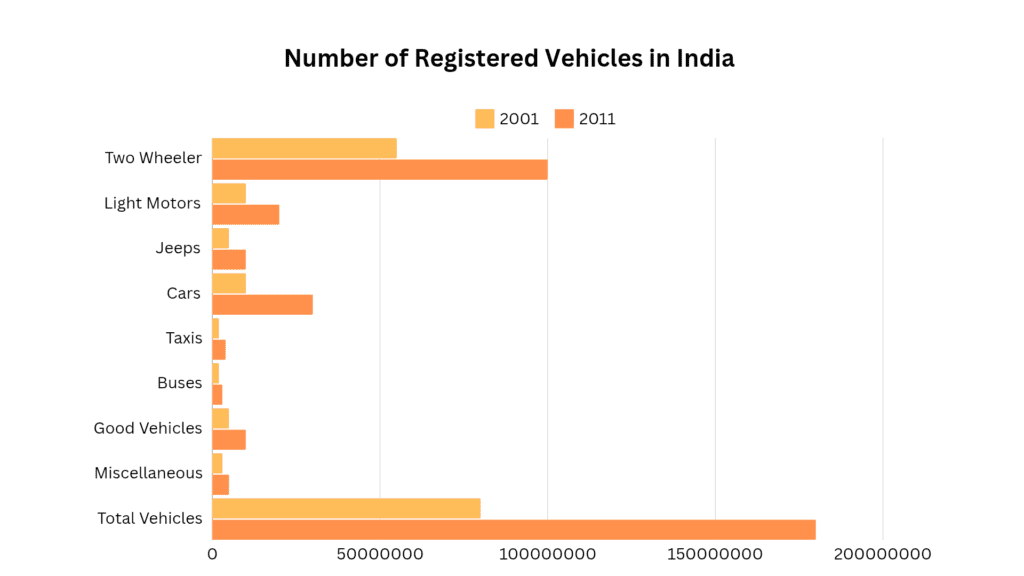Honourable Dr. Manmohan Singh is one of the most effective and reformative prime ministers of India, who intended and positively participated in restructuring the economy of India, especially in liberalizing few industries including car industries among others.
Although Dr. Manmohan Singh was labelled a ‘puppet’ by his detractors, he strategically changed all that through excellent policy formulation in secret. Not only did he stabilise the Indian economy with his economic reforms but also revolutionise the Indian automobile industry and make car ownership within the capability of millions of India’s population. His vision made the nation one of the largest car markets in the world, revolutionising the way the average middle-class family viewed cars.
Preparing for economic reforms
The Indian economy’s history can also be described as a victimised economy, especially in 1991 when it was on the verge of collapse. Foreign reserves were almost depleted, and the country could be in a position to fail to fulfil most of its international obligations. In such a situation, Dr. Manmohan Singh, who is the current Prime Minister and the person occupying the Finance Minister’s seat under Narasimha Rao’s government, formulated a set of radical measures that were intended to liberalise the Indian economy.

These policies did more than rescue the economy; they recast the style and character of life and work of millions of Indians, especially the capacity to purchase or to possess such exotica as automobiles.
Disturbing the Automotive Territory
In the pre-1991 era, driving a car in India was simply out of the question for everyone other than the extremely affluent. The available options were quite a few, but they were commonly old and overpriced as well. Maruti 800 and Omni, Ambassador, Padmini, etc., were dominating the market, but all these were quite outdated. The waiting period for cars such as the Maruti 800 was equally long, and as a result, owning a car was merely wishing for the middle class and others.
It was from 1991 onwards that the pace of changes and reforms was accelerated. Dr. As per the vision for the future stated by Dr. Manmohan Singh, there were recommendations made, which included mentioning the decrease of import tariffs, diversification of excise duties, and entryways for the FDI into the automobile industry of India.
Here’s a look at how the automotive industry evolved in the years following the reforms:
| Years | Car Produced Annually | Car Market Rank Globally | Car Sales (in Lakhs) | Exports (In Lakhs) |
| 1990 | 3 Lakhs | 15th | 3.5 Lakhs | – |
| 2000 | 8 Lakhs | 15th | 8.2 Lakhs | 0.7 Lakhs |
| 2005 | 12 Lakhs | 7th | 12 Lakhs | 2 Lakhs |
| 2010 | 19 Lakhs | 7th | 19 Lakhs | 4.5 Lakhs |
| 2012 | 24 Lakhs | 6th | 24 Lakhs | 5 Lakhs |
The Middle Class Dream—Making it a Reality
Thanks to reforms of Dr. Manmohan Singh, car ownership became possible for the middle class now. While in early 2000, India has become the seventh largest car market in the world; by 2010, the industry has grown by leaps and bounds in terms of manufacturing and selling. What once belonged to the operating table of the super-rich was now a possibility for millions.

The change that was evident earlier was that families that were using scooters and four people commuting on a two-wheeler started possessing their own cars. The sale of new vehicles, including cars, has since increased to 19 lakh units by 2010, up from 3 lakh by the late 1980s. Even more importantly, these changes paved the way for India to become a global exporter of small cars and made a good footing for the country in the automotive industry.
Changing the Automotive Landscape
The entry of global car manufacturers like Hyundai, Honda, and Ford brought modern, affordable vehicles to India. For the first time, Indian consumers had access to a variety of choices that were competitively priced and equipped with advanced technology.
Here’s a look at the evolution of the automotive industry post-reforms:
The Evolution of India’s Car Market
The introduction of foreign players not only increased competition but also encouraged domestic manufacturers to innovate. Tata Motors and Mahindra responded by developing competitive models like the Tata Indica and Mahindra Scorpio. The Hyundai Santro, launched in 1998, became a household name, selling over 1 lakh units in just two years.
This transformation wasn’t limited to production alone. By 2010, India had become the seventh-largest car market globally, with annual car sales surging to 19 lakh units, compared to just 3 lakh in the late 1980s. India also emerged as an export hub for small cars, further cementing its position in the global automotive market.
Vehicle Registrations: A Reflection of Growth
The success of these reforms is evident in the exponential growth of vehicle registrations:

Source – Ministry of Statistics and Programme Implementation

Source – Ministry of Statistics and Programme Implementation
Misses Along The Way: Diesel Subsidy
It is true that Dr. Manmohan Singh initiated revolutionary changes, though not all the policies that were implemented were fruitful. One was the diesel subsidy, which was to reduce the cost of this fuel to farmers and transporters. But this policy again had its negative impact on the prices of diesel cars as they became more appealing to urban consumers because of low operating costs.
The new vehicles with improved fuel economy became popular almost immediately as more and more people, mostly from the city, bought diesel cars, making their share larger. Unfortunately, they worsened air pollution mainly in cities in India, such as Delhi, which has now become one of the most polluted cities globally. In turn, Singh’s government has gradually increased prices for diesel, although it was done rather violently.
Building Roads for the Future
It is not that Dr. Manmohan’s government only concentrated on the automobile market but also gave importance to the construction of requisite basic infrastructure for this growing market. Roads were regarded as efficient conduits of the economy, and Singh made efforts to build better roads in India. He was able to implement one of the largest highway projects in India, the Golden Quadrilateral, which is set to connect most cities to one another.
India has also upgraded the expansion in highways up to 2014, and this has ensured adequate family car travel in India. The Golden Quadrilateral, combined with other highway proposals, helped in bringing transport facilitation by using faster, smoother, and more efficient travel, which prompted economic growth.
A Legacy That Drives On
In amending the car industry in India, nobody can deny the role Dr. Manmohan Singh played in it. While Seshasayee was very simple in his personal preferences—a Maruti 800 being his car—his policies helped create the conditions millions of Indians could afford cars. The industry that came into being under his leadership has changed, and today India is in a unique position to bring about a revolution that will lead to electric vehicles.
Conclusion
From the emergence of car ownership on the lips of millions of Indians, as a reality thanks to Dr. Manmohan Singh’s 1991 liberalisation of the economy, the automotive industry in India was revolutionised. His policies ensured the road was laid open for global automobile majors, altered the middle-class dreams, and turned India into a hub of automobiles in the world.
After the death of the great leader on 26th December 2024, India will lose a leader who had great visions and simplicity at the same time in the progress of the nation. He changed the face of the economy for the better, and his figures and investment will keep generating more influence for several generations. Rip Dr. Manmohan Singh—an honoured framer of modern India.
Unlock the Road to Smart Car Choices with My Car Wisdom
Looking for the perfect car to fit your lifestyle? At My Car Wisdom, we provide expert reviews, in-depth comparisons, and practical advice to help you make informed decisions. Whether you’re a first-time buyer or an auto enthusiast, our trusted insights ensure you drive away with confidence.
Don’t just buy a car—understand it. Visit My Car Wisdom today and start your journey towards smarter car ownership!
Raja Yadav, the content writer at My Car Wisdom, brings a unique voice and style to our blog. With a knack for storytelling and a keen eye for detail, Raja ensures that every piece of content is informative, engaging, and easy to understand. His focus is on delivering high-quality articles that cater to both novice car owners and seasoned automotive enthusiasts.




